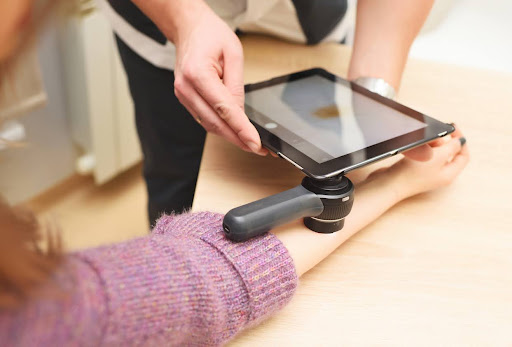Smart devices have become pivotal in shaping personal injury cases in Texas, offering new ways to gather and present crucial evidence. From fitness trackers to dashcams, these technologies are providing real-time data and visual evidence that significantly influence case outcomes. Legal professionals are increasingly relying on this technological evidence to build stronger cases, whether defending or claiming compensation for personal injury.
The integration of technology in legal proceedings offers both plaintiffs and defendants in Texas personal injury cases an edge. Innovations such as wearable cameras provide a first-person perspective that captures crucial incidents, lending authenticity and clarity to the evidence presented in court. Learn how contacting a Texas personal injury attorney can be a wise step to understanding how digital evidence can be strategically used.
As smart devices continue to advance, their role in personal injury litigation in Texas is likely to grow even more significant. They not only enhance the collection and interpretation of evidence but also offer a comprehensive view of events related to an incident. This shift towards digital evidence marks a transformative period in legal practices, making cases more transparent and evidence-driven.
The Influence of Smart Technology on Personal Injury Legalities
Smart technology is increasingly impacting personal injury legalities by providing critical evidence and presenting new privacy challenges. These devices can significantly influence the direction of cases, drawing attention to both their benefits and the challenges they pose.
Evidential Weight of Smart Device Data
Smart devices, such as fitness trackers and smartphones, offer substantial data used to support personal injury claims. For instance, activity trackers provide insights into a person’s physical activity levels before and after an incident, which can be crucial in substantiating claims of injury or recovery progress. In one notable example, a Fitbit was used to demonstrate reduced activity post-accident, underlining the device’s role in verifying a plaintiff’s condition.
Courts increasingly consider such data as objective and reliable. This approach helps in establishing timelines and assessing injuries’ extent accurately. Injury-related cases often rely on data that objectively complements witness testimonies and medical reports.
Challenges in Data Acquisition and Privacy Concerns
Acquiring data from smart devices involves significant hurdles, not least due to stringent privacy laws protecting user information. Legal professionals sometimes face difficulties accessing this data, as device owners may be unwilling to share potentially incriminating information. Privacy regulations further complicate these situations, as they necessitate obtaining data without violating rights.
Concerns arise over how personal information is handled during legal proceedings. There is a delicate balance between gathering necessary evidence and respecting personal privacy. Wearable data might be highly sensitive, risking exposure of unrelated personal details.
Regulatory Landscape Governing Smart Devices
In the context of personal injury cases, Texas’ legal framework outlines how smart devices can be used as evidence. These devices are increasingly influential, shaping the nature of legal claims and liabilities.
Texas Laws and Legal Precedents
Texas has specific laws that determine the admissibility of evidence from smart devices in legal proceedings. Courts in Texas have recognized data from devices like smartphones and wearables as valid, provided it meets certain criteria. Attorneys often rely on historical and recent case law to manage these processes. Legal precedents set in Texas emphasize the importance of data integrity and the chain of custody, ensuring that the information used is both relevant and accurate. This legal foundation helps balance technological advancement with judicial fairness, preserving individual rights while welcoming digital evidence.
Comparative Fault System in Texas
The state’s comparative fault system plays a critical role when smart device data is presented in personal injury cases. Texas uses a proportionate responsibility system, allowing a party to recover damages even if they are partially at fault, as long as their fault does not exceed 50%. Smart devices help establish the degree of liability by providing precise data on elements like speed, location, and activity levels. Courts use this information to assess each party’s contribution to an incident. In cases where multiple parties are involved, this data assists in distributing liability accurately, ensuring a fair outcome within the legal boundaries set by Texas statutes.






